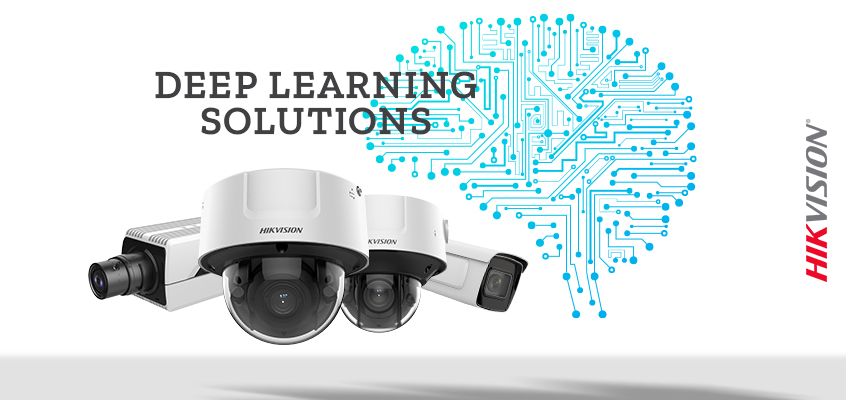Part 2: Applying Deep Learning’s Proactive Response Solutions to Address Specific Security Challenges

Last week, we covered Deep Learning’s proactive security response capabilities, which run the gamut from license plate recognition to mask detection, and encompass human and vehicle detection, queue management, auto object tracking and more. Deep Learning capabilities are broad and offer enhancements that solve security challenges. In today’s blog, we’ll cover some considerations in the selection process and delve into specific types of applications — such as entry points — and how Deep Learning algorithms offer a more effective solution.
The process of implementing Deep Learning-fueled security systems starts by selecting the right combination of partners who can deliver the best combination of products and software, and integrate and implement them to address your specific needs and areas of focus.
Typical applications for these powerful and versatile new Deep Learning embedded solutions include:
- Location: Entry/Egress points pose a complex challenge for organizations across all verticals that need to maintain open and nurturing environments yet need to be controlled to deter and prevent unwanted visitors. This applies to both people and vehicles entering a property, campus, or facility. The ability to automatically differentiate between various moving objects and classify them enables specific policy driven triggers to be implemented for specific locations and times of day. Personal identification and authentication are also a major issue, more so than ever before with the new and emerging demand for contact tracing.
- Application: Touchless video and biometric technologies provide a multi-tiered solution for better surveillance, access control and visitor management applications that improve both physical security and workforce management operations, especially when used for highly accurate time and attendance applications. Biometric solutions with embedded thermal imaging can also be deployed for health safety and compliance, further leveraging their ROI potential. The integration of analytics either embedded in end-point devices like cameras and access control readers, or through centrally applied software via an intelligent video management system (VMS) provide new and advanced levels of protection for entry/egress at virtually any facility.
- Location: Interior stairwells and hallways pose a unique surveillance challenge given their inherent narrow and often long physical dimensions. Cameras with Deep Learning powered processing that offer acute light sensitivity and vertical orientation resolve longstanding surveillance issues in these spaces by providing the best perspective to visually monitor long and narrow hallways. With the addition of new intelligent analytics, cameras in hallways and stairwells can now be used for a variety of applications like violence or bullying detection, and to locate specific individuals or objects within a facility based on specific characteristics such as clothing type and color, accessories like hats and eyeglasses, and more.
- Application: Intelligent analytics fueled by Deep Learning can be used to locate lost children in airports or shopping malls or help locate elderly patients who may have wandered off-site unnoticed. Policy-driven alerts can be set to automatically notify authorized personnel of specific incidents that require their immediate attention.
- Location: Parking garages and open areas present their own set of challenges given with varying levels of permissions and access. In addition to detecting unauthorized vehicles, damage to vehicles can easily be investigated based on specific detection and search parameters.
- Application: Vehicle access control employing License Plate Recognition (LPR) analytics can alleviate the need for physical gatehouses and/or guards to physically patrol parking areas, and help reduce costs and liabilities resulting from vandalism, theft, robbery, and even physical harm to individuals.
Depending on your industry classification, virtually all these new Deep Learning-driven solutions are available in a variety of affordable products from leading suppliers like Hikvision. More important, these solutions are already proving to deliver tangible Return on Investment (ROI) with low Total Cost of Ownership (TCO). It’s a win-win for both end-users, as well as security integrators and resellers with the knowledge to integrate these new solutions for their customers.
To determine the best Deep Learning security system for your application, contact your local representative. Or contact Hikvision here for more information.
